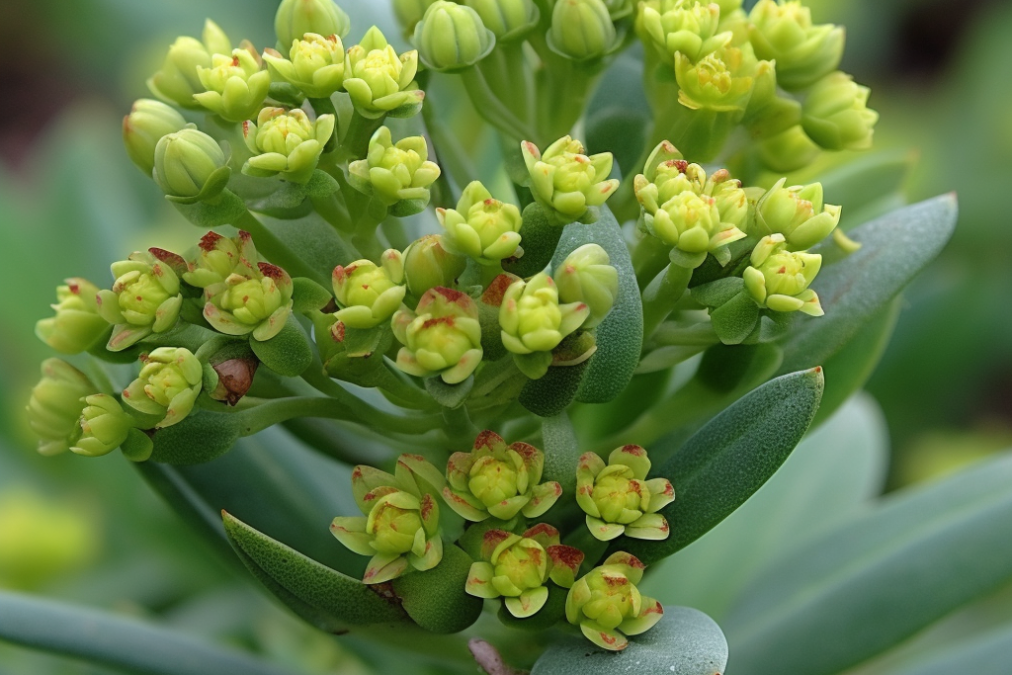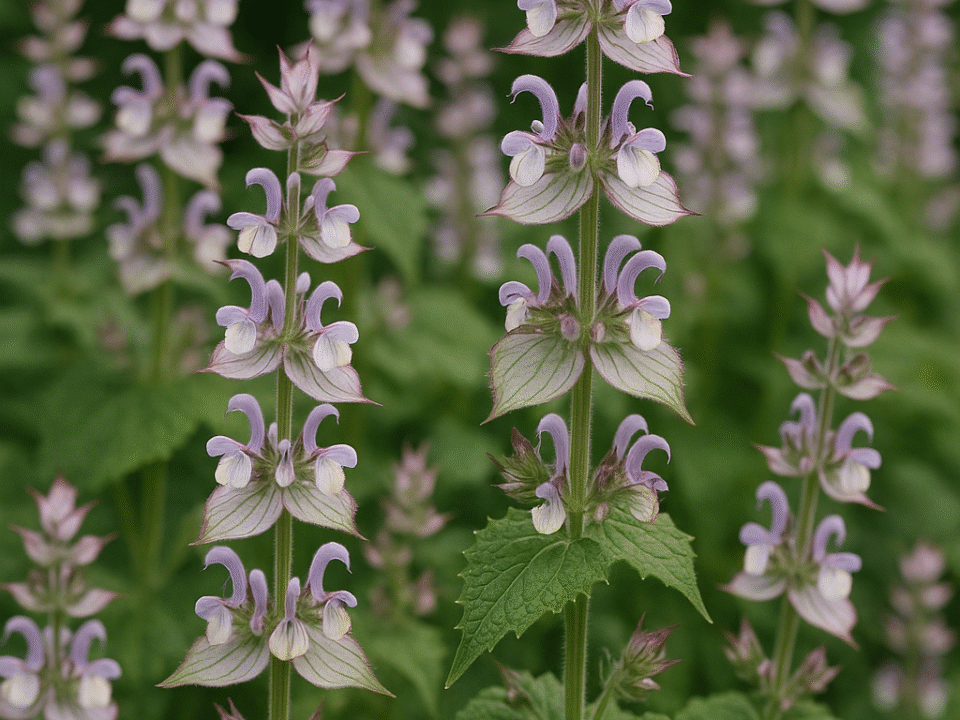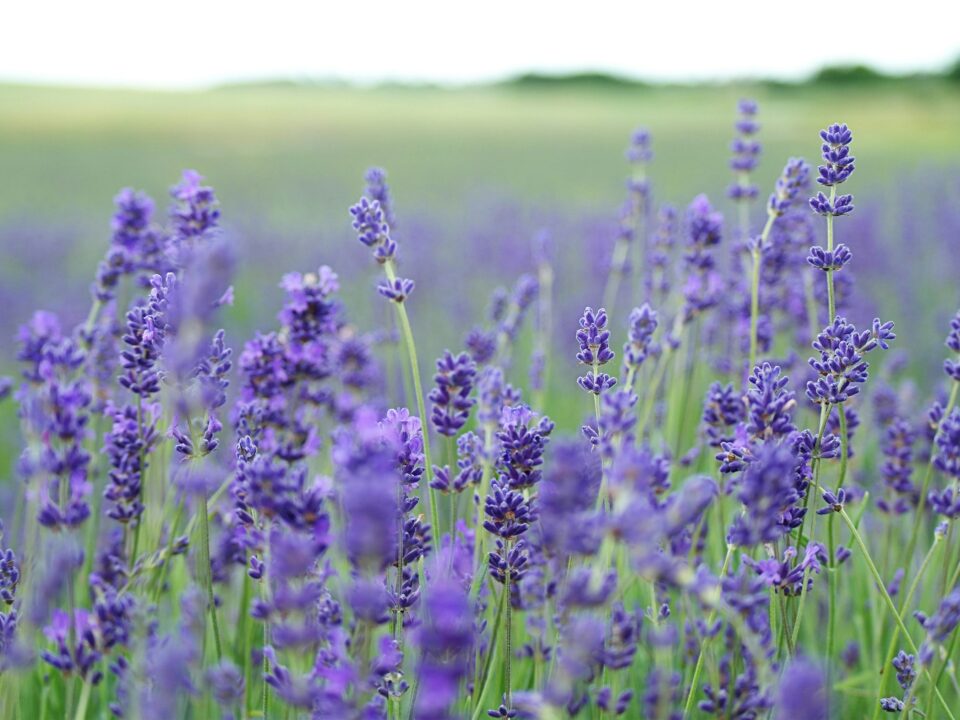
Candelilla wax, sourced from the leaves of the Euphorbia antisyphilitica shrub, indigenous to northern Mexico and the southwestern United States, belongs to the Euphorbiaceae family. This wax is characterized by its yellowish-brown color, hardness, brittleness, aromatic nature, and appearance that ranges from opaque to translucent.
The production process involves boiling the shrub’s leaves and stems in dilute sulfuric acid, from which the wax, referred to as “cerote,” is then skimmed off the surface and refined. Annually, this method yields approximately 900 tons of candelilla wax.
Candelilla wax is frequently blended with other waxes to increase their hardness without altering their melting points. It is approved as a food additive under the designation E 902, primarily used as a glazing agent. Its applications extend into the cosmetic industry, where it is a key ingredient in products like lip balms and lotion bars. It serves as a binder in chewing gums and is also utilized in making varnishes. A versatile substitute for carnauba and beeswax, candelilla wax shares many properties with beeswax, such as beneficial effects, scents, and melting points, making it a viable vegan alternative to animal-derived beeswax.
In cosmetics, candelilla wax acts as a thickening and hardening agent, plasticizer, viscosity modifier, emollient, and a skin-protective barrier that prevents moisture loss. It imparts shine and serves as a stabilizer and emulsifier. Known for its rapid absorption, candelilla wax functions as a lubricant and a nourishing skin conditioner. It is reputed to help diminish the visibility of stretch marks and signs of ageing, such as wrinkles and age spots, and to moisturize dry, scaly skin, enhancing its smoothness.
Furthermore, candelilla wax is an effective binding agent that seamlessly integrates ingredients. This characteristic allows it to be easily combined with other waxes and both natural and synthetic resins. Its emulsifying ability is crucial for blending water and oil components, essential for creating moisturizers like lotion bars, creams, and balms. Candelilla wax offers hydration and smooth application on the skin’s surface. Additionally, its firming effect is utilized in various makeup formulations, including stick foundations, eyeshadows, and lip products, providing an ideal slip without excessively hardening the products. This property also proves beneficial in candle making, contributing to the hardness and smoothness of the final candles.



